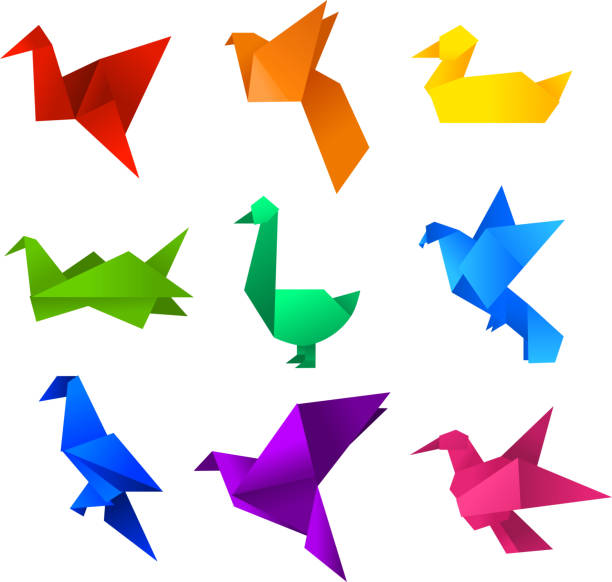Math in Motion
Math in Motion

Deaf and Hard of Hearing students show a delay
in learning, especially in math. They don’t have the advantages of "regular" activities in math because of a language gap; there is more difficulty understanding the "why" of math. Learning games and arts integration create a transfer of math concepts. For example, origami allows Deaf
students to have “Math in Motion”…
“This [instructional technique] is important because it
improves the students’ math skills and enables them to learn and use new and
specific math concepts! (Kaili Chen, 2006)” Many Deaf students learn more effectively when they see or feel to
learn. In particular, this approach uses dual coding; using language and processing non-verbally. Introducing new materials and activities incorporates seeing, touching,
and holding as a mathematical experience. In general, students learn best with
manipulatives, games, and activities.
This type of modeling is called CRA, which is successful in allowing students t0 develop concepts and have a solid understanding of different levels. The beginning of this type of instruction is using manipulatives. Visual math concepts are especially necessary for students with communication difficulties
This type of modeling is called CRA, which is successful in allowing students t0 develop concepts and have a solid understanding of different levels. The beginning of this type of instruction is using manipulatives. Visual math concepts are especially necessary for students with communication difficulties
How can this achievement be possible for teachers and students to reach? Well, there’s so many options at our finger tips as educators in the
21st Century. Technology has given us access to so many ideas and opportunities.
- First, you must think through math concepts. In this case I wanted to use geometry to teach shapes, specifically triangles.
- Next, you must try the activity before making your students do it! Find any issues and have directions to follow. I have an example of a video I made for my students to watch.
- Last, make sure you are giving direction as the activity progresses and demonstrate for them. Move around the classroom, but make sure you aren’t doing the activity for them. Especially, don’t have the students isolated. Make math a creative study. Put them in small groups and encourage peer mediation.
 Deaf and Hard of Hearing
students can perform mental math tasks. They are more successful when they are
manipulating math, and then making it visual. Activities such as math origami
are motivating math practices. Origami implements both the CRA theory, through starting with manipulatives and then progressing, and dual coding theory through the use of language and non-verbal assessments. Students improve math skills, enable
learning, and display new concepts.
Deaf and Hard of Hearing
students can perform mental math tasks. They are more successful when they are
manipulating math, and then making it visual. Activities such as math origami
are motivating math practices. Origami implements both the CRA theory, through starting with manipulatives and then progressing, and dual coding theory through the use of language and non-verbal assessments. Students improve math skills, enable
learning, and display new concepts.
What action steps can you apply tomorrow?
- Implement rich, hands-on math learning
- Make math more visual
- Maximize student opportunity through multiple opportunities for success

Comments
Post a Comment